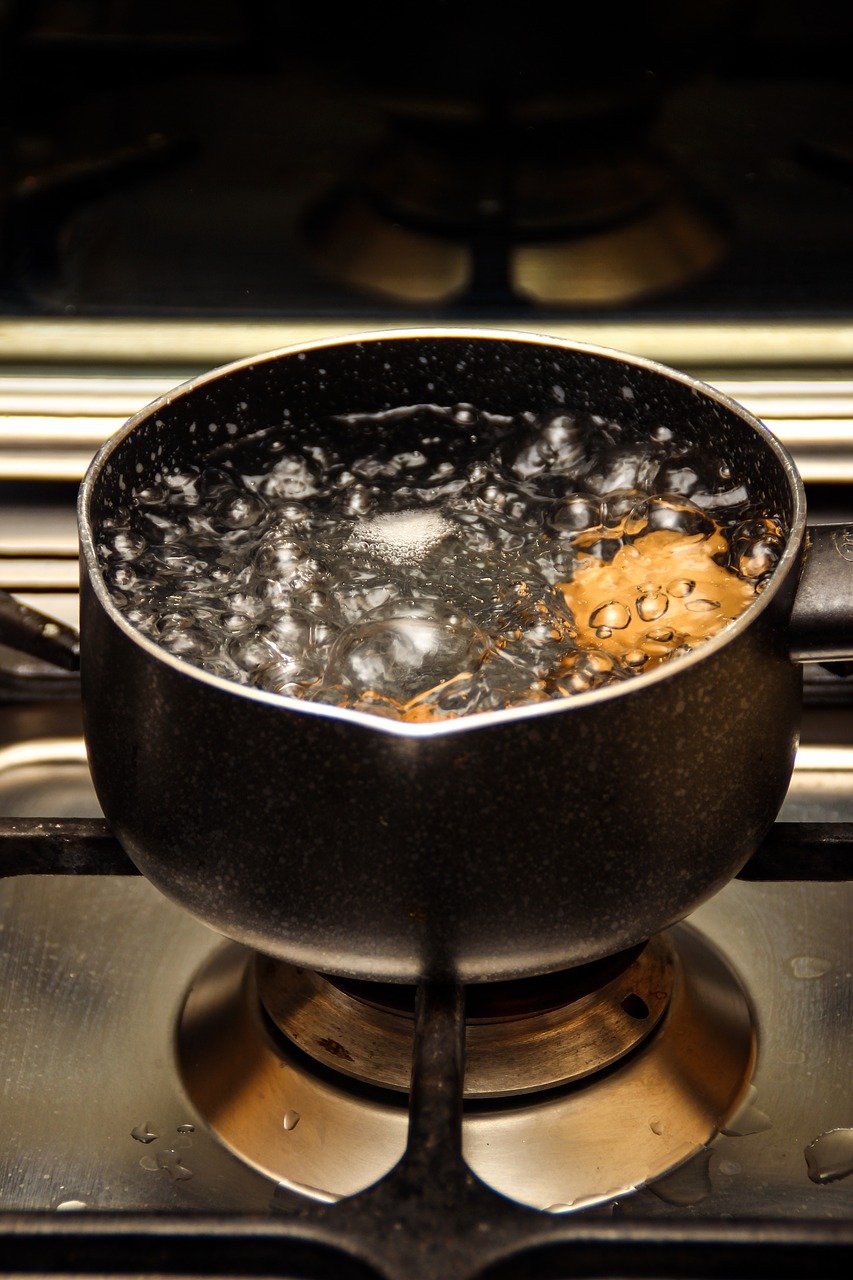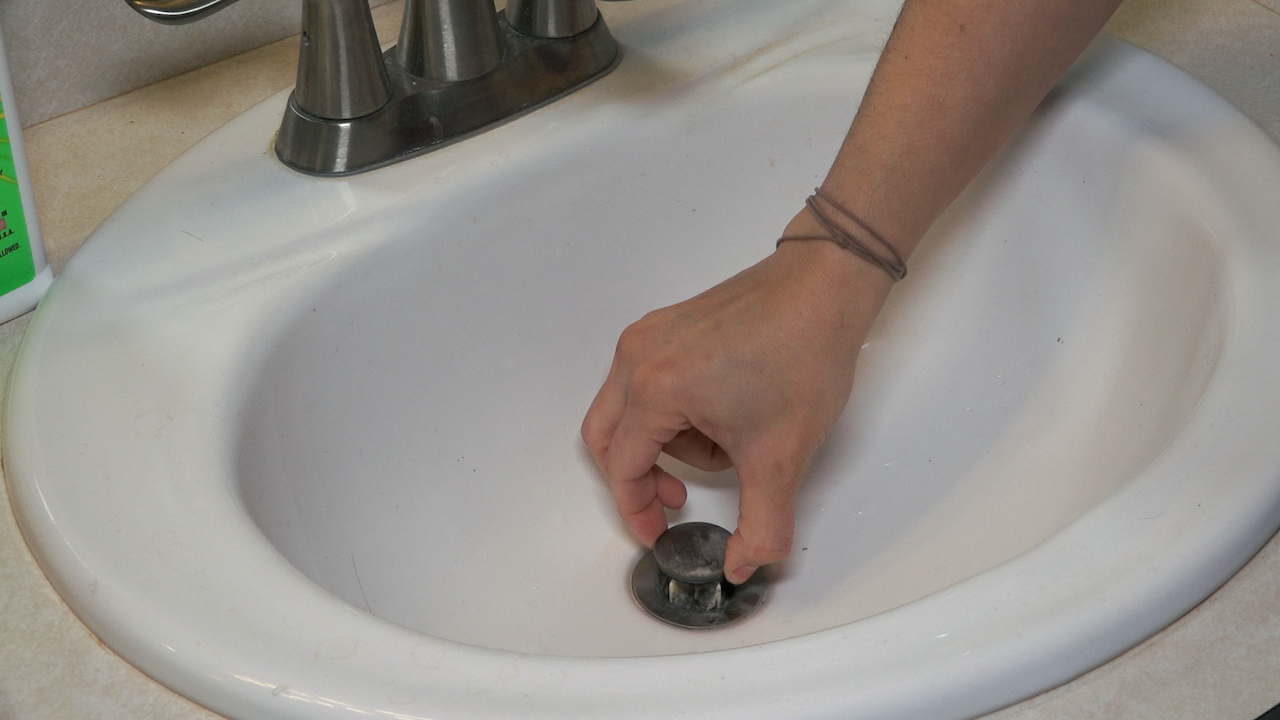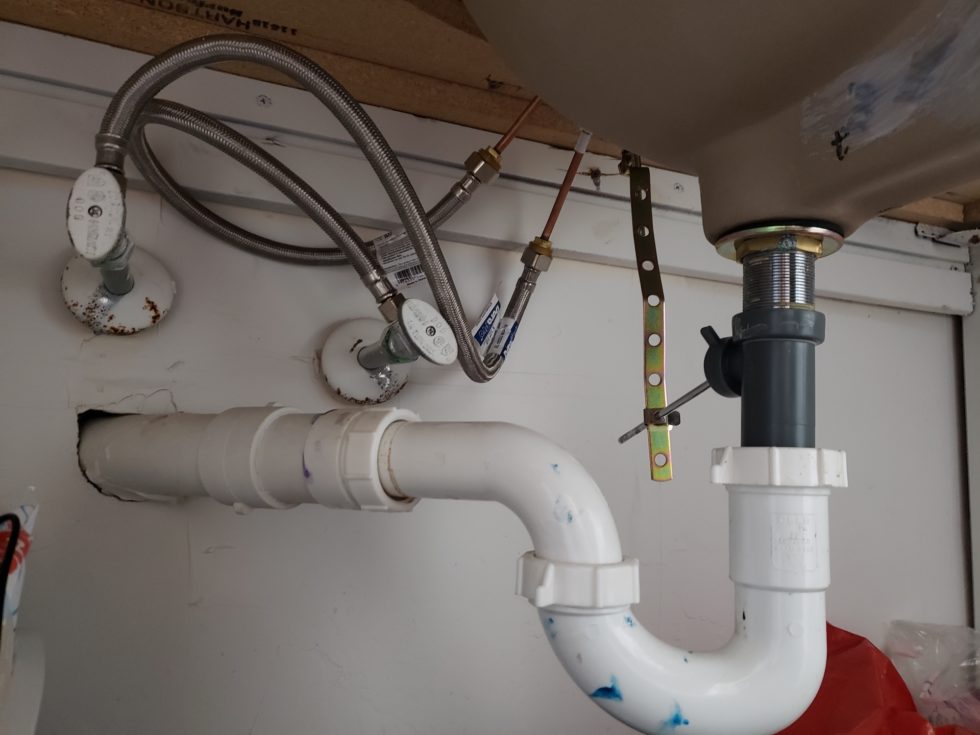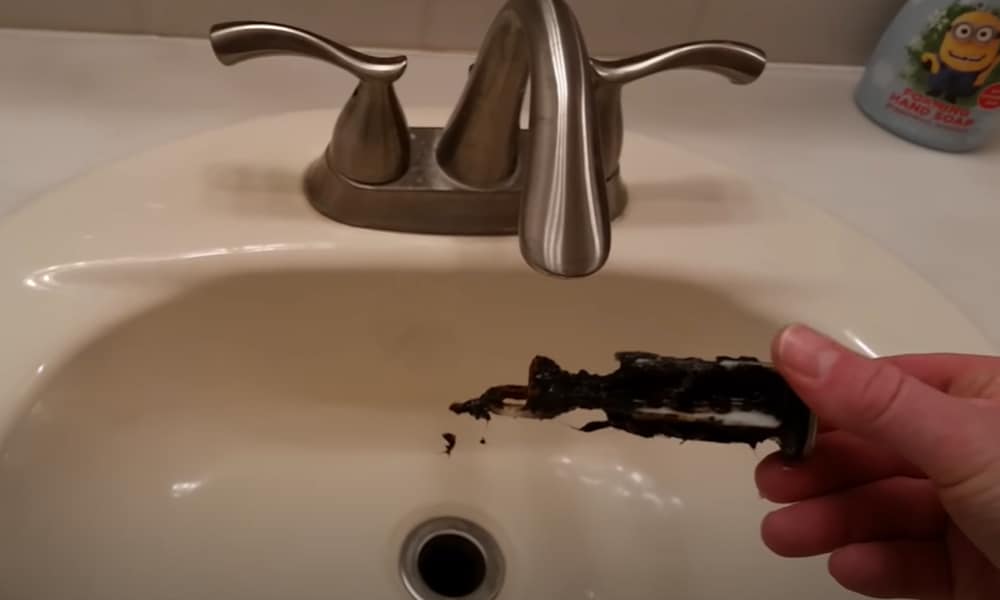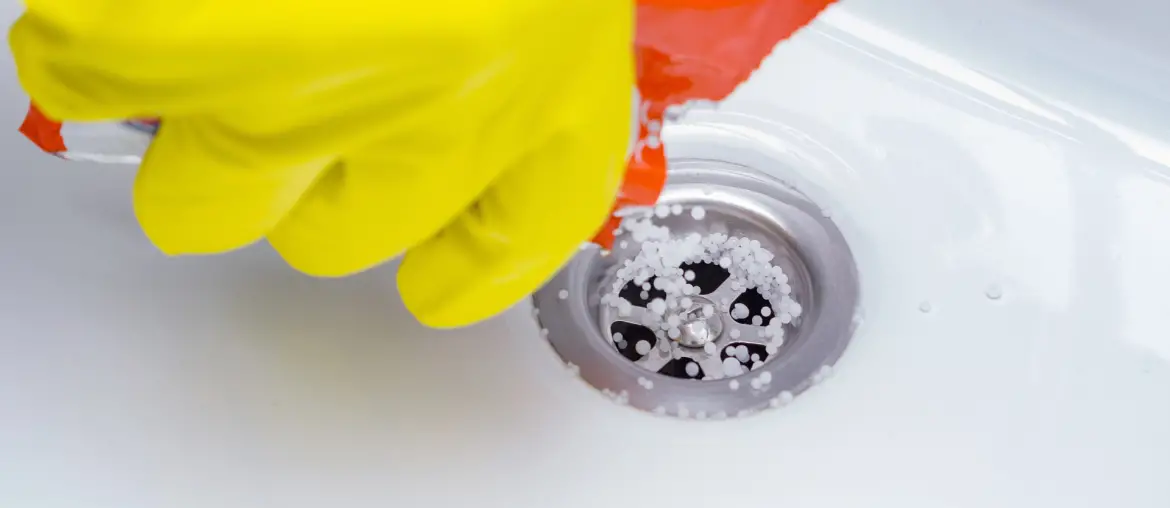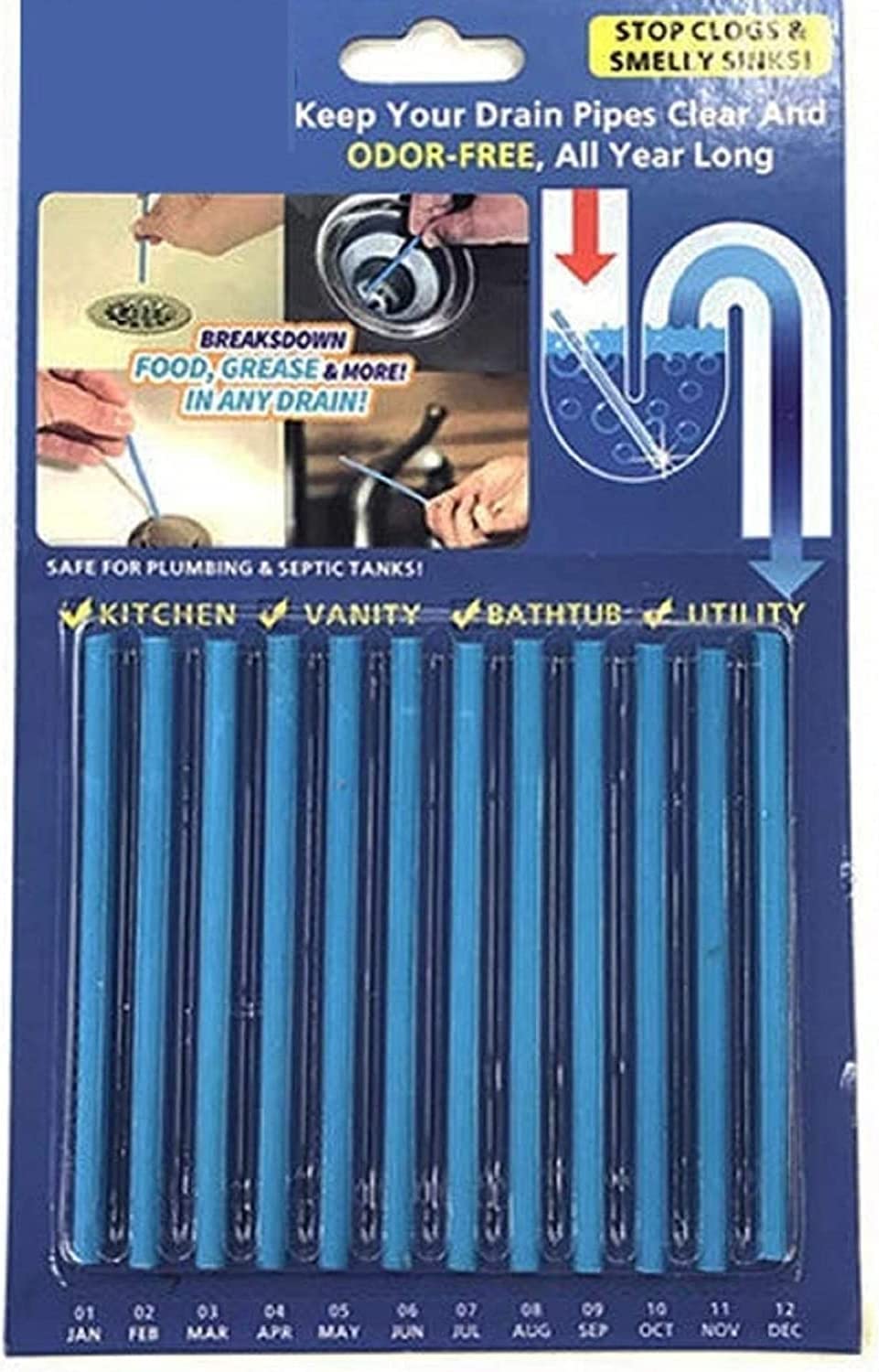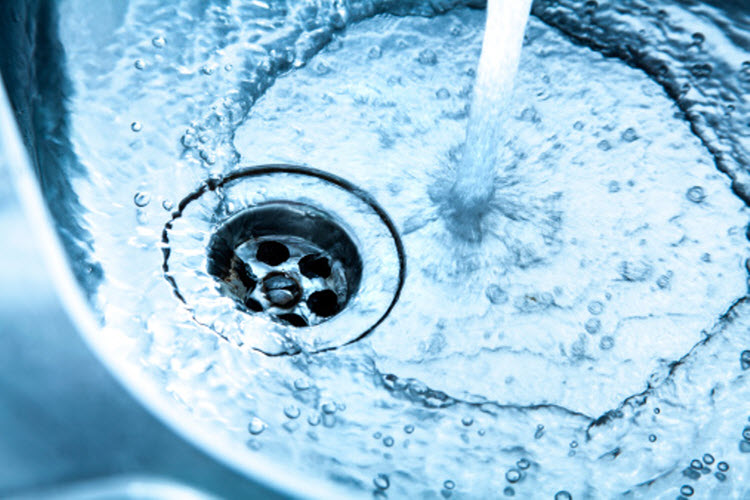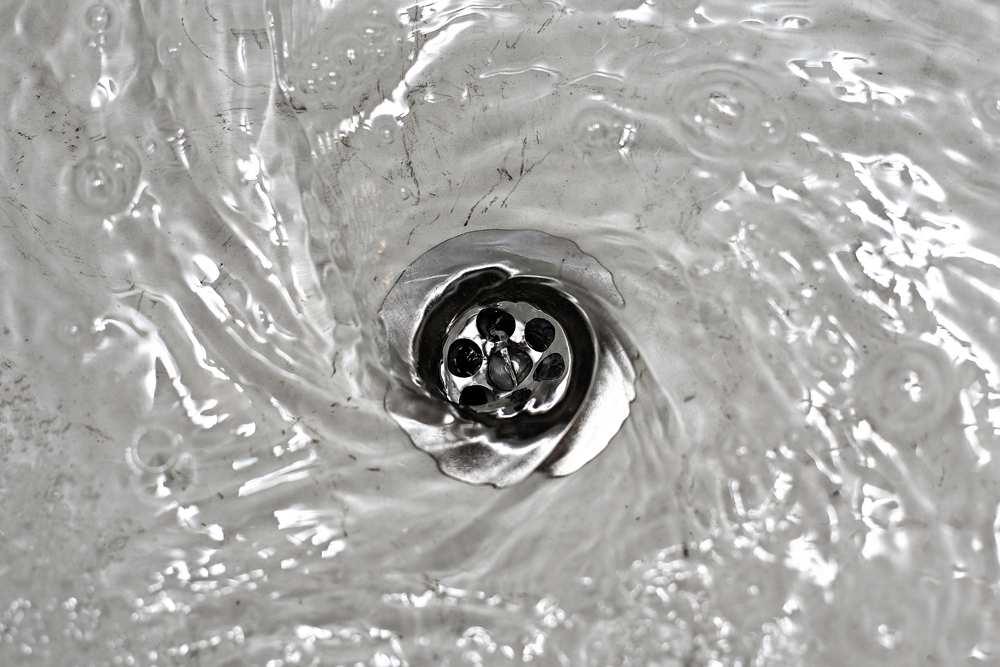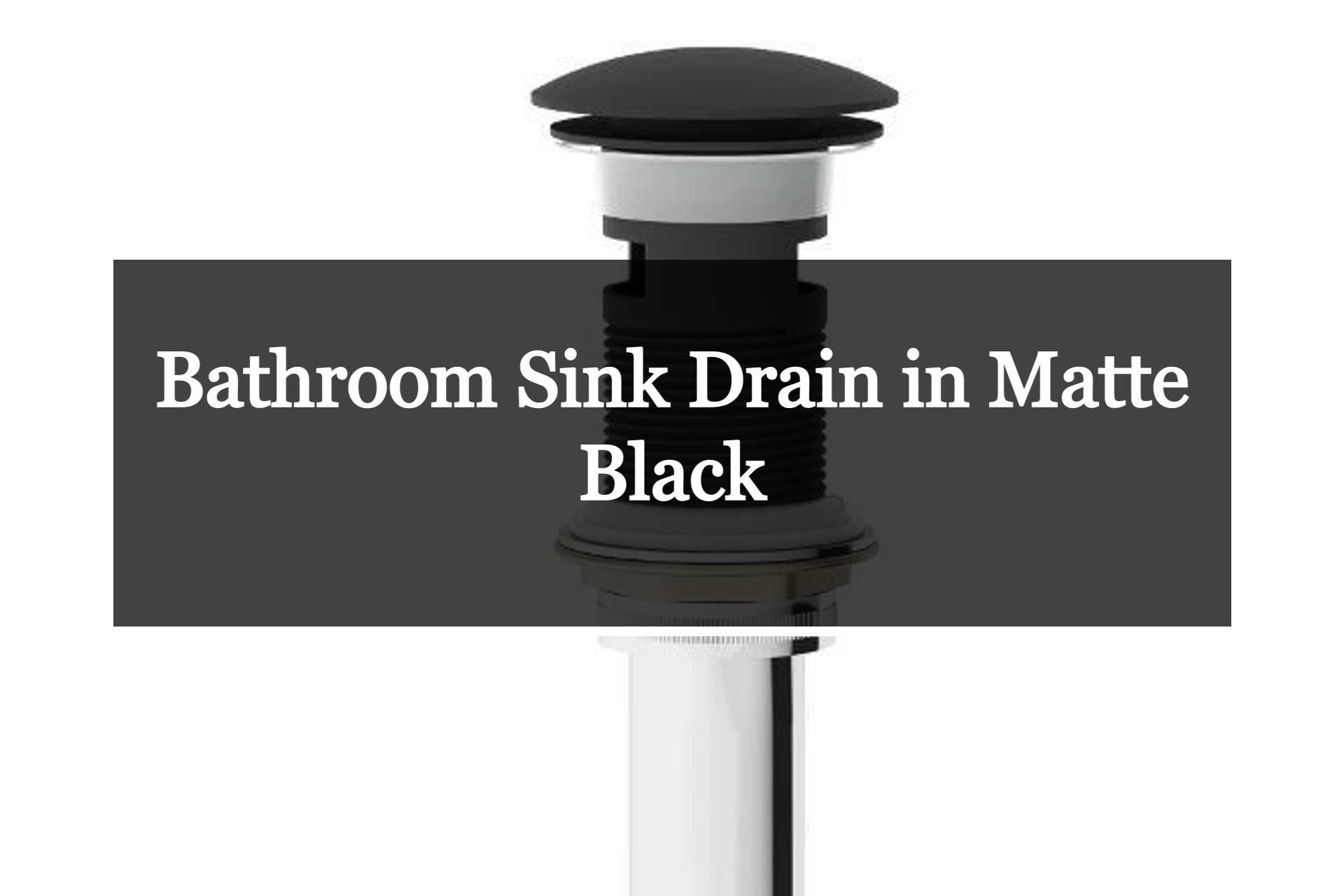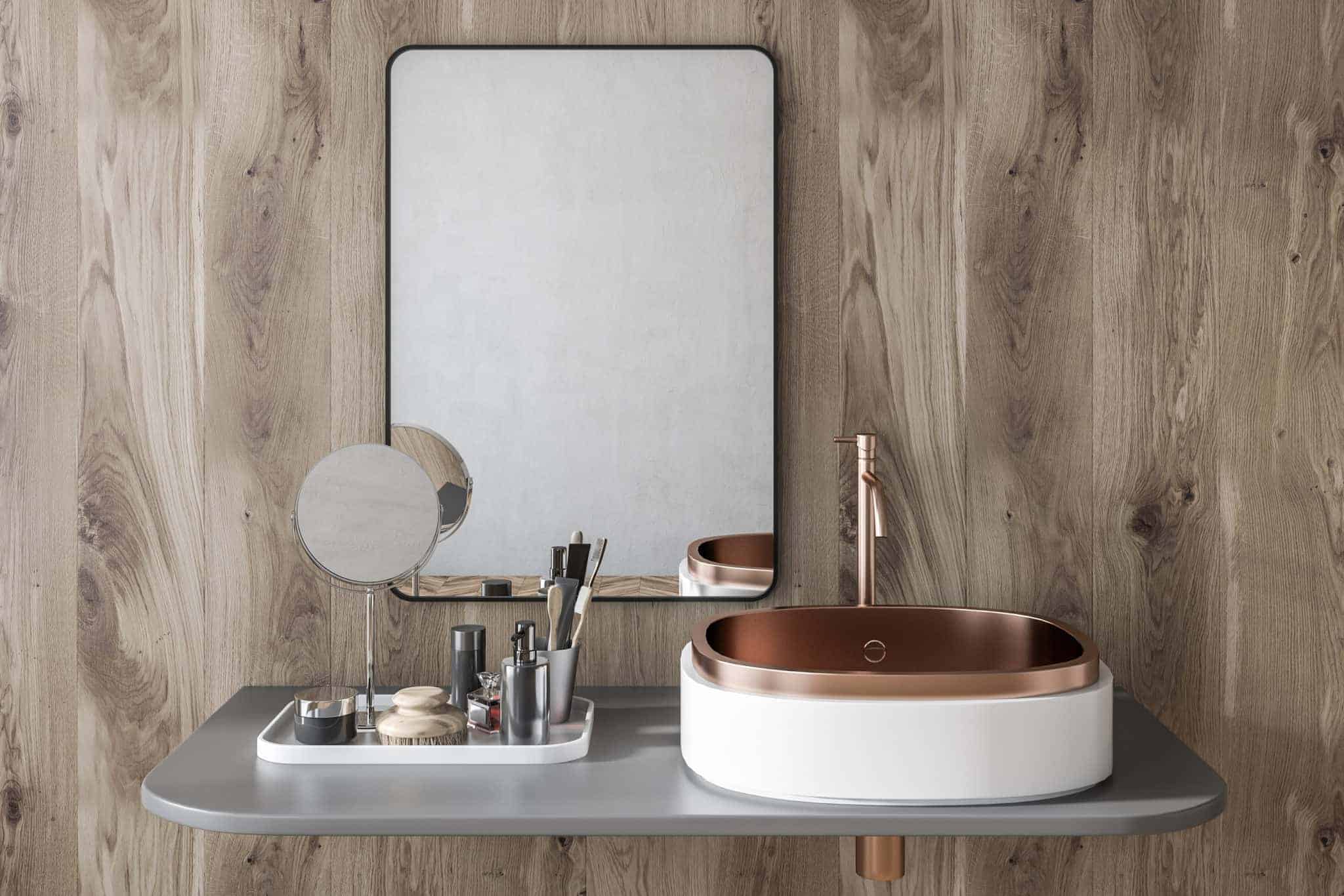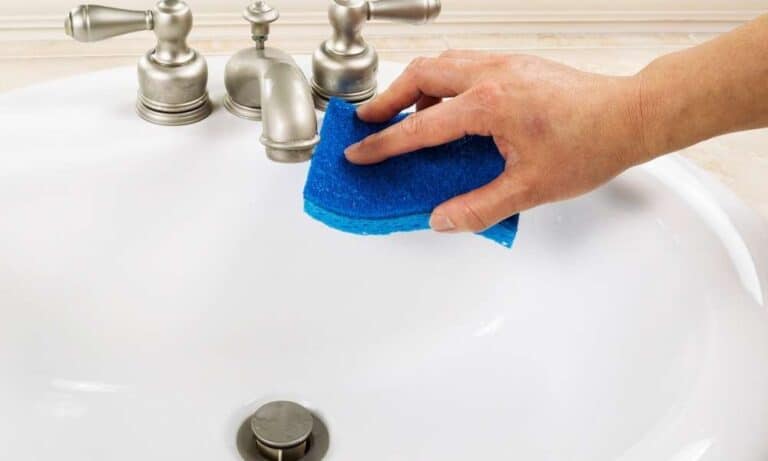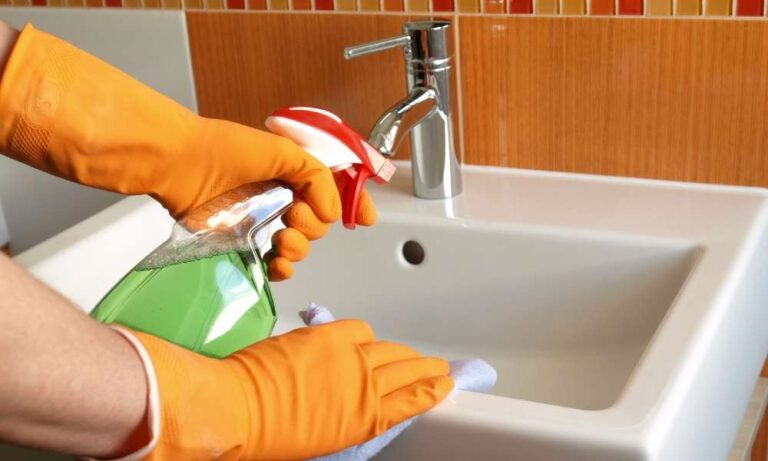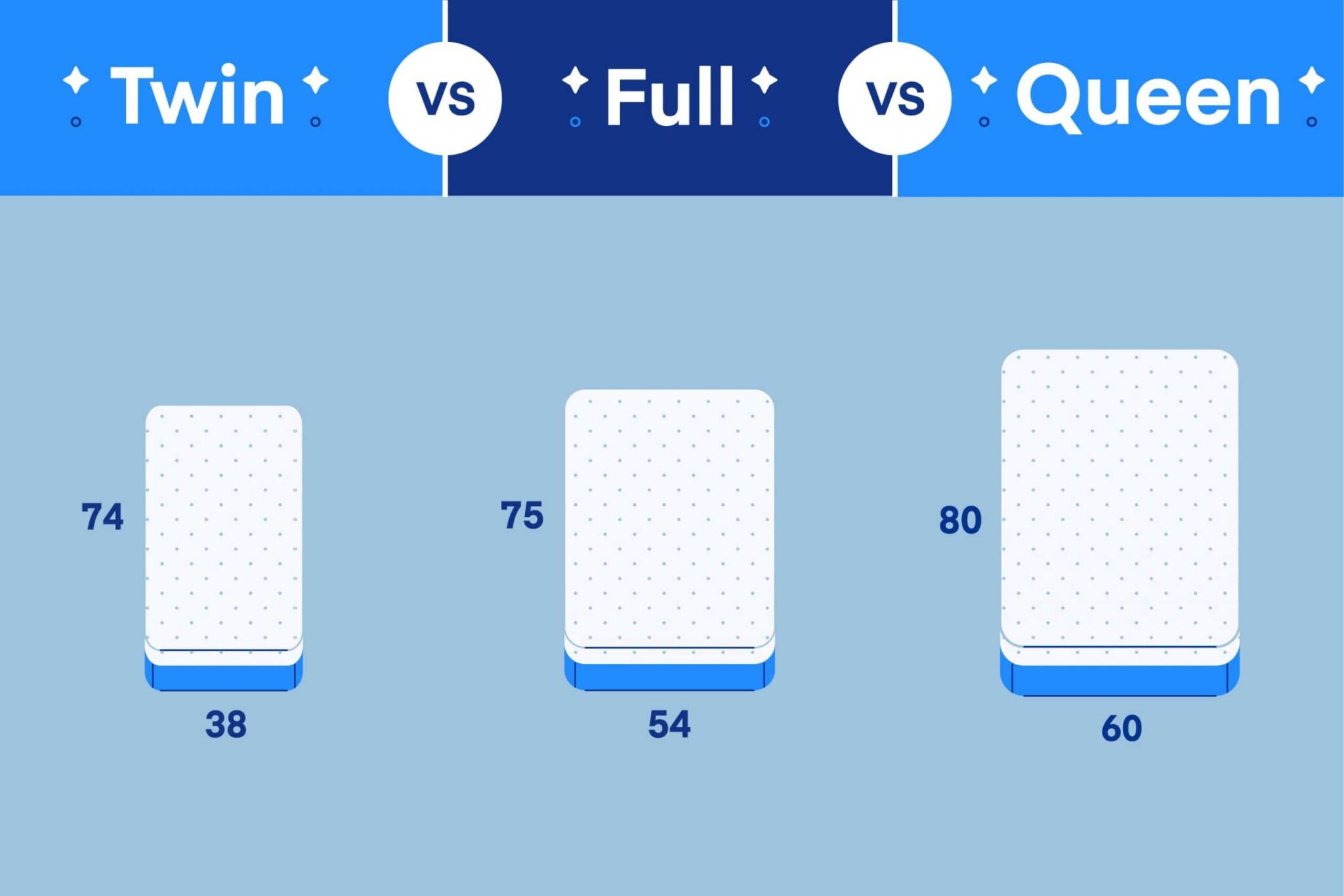If you've ever experienced a clogged bathroom sink drain, you know how frustrating it can be. Standing water, slow draining, and foul odors are just some of the problems that come with a clogged drain. But fear not, with a bit of know-how and some simple tools, you can easily unclog your bathroom sink drain and get your water flowing freely again. The first step in unclogging a bathroom sink drain is to remove any visible debris from the top of the drain. This could include hair, soap scum, or other buildup that may be causing the blockage. Use a pair of tweezers or a small brush to gently remove any debris from the drain. Next, try using a plunger to loosen and remove the clog. You'll want to create a tight seal over the drain and then use quick, forceful plunges to try and dislodge the blockage. This method works best if the clog is near the top of the drain and can easily be reached. If the plunger doesn't do the trick, you can try using a drain snake to manually remove the clog. This tool can be inserted into the drain and then twisted and pushed to break up and remove the blockage. Be sure to wear gloves and follow the instructions carefully to avoid damaging your pipes. Once you've successfully unclogged your bathroom sink drain, it's important to clean the drain thoroughly to prevent future clogs. Use a mixture of hot water and vinegar to flush out any remaining debris and bacteria. You can also use a commercial drain cleaner, but be sure to read the instructions carefully and use caution when handling these chemicals.Unclog a Bathroom Sink Drain
Cleaning your bathroom sink drain regularly is an important part of maintenance and can help prevent clogs and other plumbing issues. Here's how to clean your bathroom sink drain effectively: Start by removing any visible debris from the top of the drain. You can use tweezers or a small brush to gently remove hair, soap scum, and other buildup. Next, pour a pot of boiling water down the drain to help loosen and flush out any remaining debris. You can also add a cup of baking soda and a cup of vinegar to create a natural cleaning solution. Let it sit for a few minutes before flushing with hot water. If your drain is particularly dirty or has a stubborn clog, you can use a drain snake or a plunger to manually remove the buildup. Follow the instructions carefully and use caution to avoid damaging your pipes. After cleaning the drain, be sure to run hot water for a few minutes to flush out any remaining debris and bacteria. This will help keep your drain clean and prevent future clogs.How to Clean a Bathroom Sink Drain
Regular maintenance is key to keeping your bathroom sink drain functioning properly and preventing clogs. Here are some tips to help you maintain your drain: Use a mesh drain cover to catch hair and debris before it goes down the drain. This will prevent buildup and reduce the risk of clogs. Once a month, pour a mixture of hot water and vinegar down the drain to help break up any buildup and keep your drain smelling fresh. Be cautious of what you put down your drain. Avoid pouring grease, coffee grounds, and other substances that can solidify and cause clogs. If your sink has an overflow, be sure to clean it regularly to prevent buildup and odors.Bathroom Sink Drain Maintenance Tips
While some plumbing issues may require professional help, there are many maintenance tasks that you can do yourself to keep your bathroom sink drain in good condition. Here are some DIY maintenance tasks you can try: Regularly clean the drain and overflow as mentioned above. This will help prevent clogs and keep your drain smelling fresh. Use a plunger or a drain snake to remove any visible debris and buildup from the top of the drain. This will help prevent clogs and keep your drain running smoothly. Use a natural cleaning solution of hot water and vinegar to flush out your drain and keep it clean. If you have a garbage disposal, be sure to clean it regularly as well. You can use a mixture of ice and rock salt to help remove buildup and keep it running smoothly.DIY Bathroom Sink Drain Maintenance
To ensure that you're properly maintaining your bathroom sink drain, here's a simple checklist to follow: Regularly remove visible debris from the top of the drain. Use a plunger or a drain snake to remove any clogs or buildup. Clean the drain and overflow regularly with a mixture of hot water and vinegar. Be cautious of what you put down the drain. Regularly clean your garbage disposal if you have one. If you notice any issues with your drain, such as slow draining or foul odors, address them immediately to prevent further problems.Bathroom Sink Drain Maintenance Checklist
One of the best ways to maintain your bathroom sink drain is to prevent clogs from occurring in the first place. Here are some tips to help you prevent clogs: Install a mesh drain cover to catch hair and debris before it goes down the drain. Be cautious of what you put down the drain. Avoid pouring grease, coffee grounds, and other substances that can cause clogs. Regularly clean the drain and overflow to prevent buildup and odors. If you do notice a slow drain, address it immediately to prevent a full clog.Preventing Clogs in Bathroom Sink Drains
There are many products on the market that can help you maintain your bathroom sink drain. Here are some to consider: Drain cleaners can help remove stubborn clogs, but be sure to read the instructions carefully and use caution when handling these chemicals. Enzyme-based drain cleaners are a more natural alternative to chemical cleaners and can help break down buildup and keep your drain clean. Garbage disposal cleaning products can help keep your disposal running smoothly and prevent odors. Mesh drain covers can be purchased at most hardware stores and can help prevent hair and debris from going down the drain.Bathroom Sink Drain Maintenance Products
While regular maintenance can help prevent most issues with your bathroom sink drain, there are some common problems that may occur. Here are a few to watch out for: Clogs are the most common problem with bathroom sink drains. They can often be removed with a plunger or drain snake, but if the clog is deep in the pipes, you may need to call a professional plumber. Leaks can occur if the drain or pipes become damaged or corroded. If you notice water leaking from your sink or pipes, it's important to address the issue immediately to prevent further damage and potential water damage. Bad odors can be caused by buildup and bacteria in the drain. Regularly cleaning your drain can help prevent these odors. If you notice any of these problems, it's important to address them as soon as possible to prevent further damage and keep your bathroom sink drain functioning properly.Common Bathroom Sink Drain Problems
If you're not comfortable performing maintenance tasks on your bathroom sink drain yourself, you can always hire a professional plumber to do it for you. Here are some services they may offer: Regular drain cleaning and maintenance to prevent clogs and odors. Repairs for damaged or clogged drains. Installation of new drains and pipes. Inspection of your plumbing system to identify and address any potential issues before they become major problems. Hiring a professional plumber to perform regular maintenance on your bathroom sink drain can save you time and ensure that your drain is in good condition.Bathroom Sink Drain Maintenance Services
To summarize, here are some best practices to follow for maintaining your bathroom sink drain: Regularly remove visible debris from the top of the drain. Use a natural cleaning solution of hot water and vinegar to flush out your drain and keep it clean. Clean the drain and overflow regularly with a mixture of hot water and vinegar. Be cautious of what you put down the drain. Install a mesh drain cover to catch hair and debris before it goes down the drain. Address any issues with your drain immediately. Regularly hire a professional plumber to perform maintenance and inspections on your plumbing system. By following these tips and best practices, you can keep your bathroom sink drain in good condition and prevent clogs and other plumbing issues. Regular maintenance is key to ensuring that your drain runs smoothly and your bathroom remains functional and clean.Best Practices for Bathroom Sink Drain Maintenance
Maintaining Your Bathroom Sink Drain: Tips for a Clean and Functioning Bathroom

The bathroom sink drain is an essential part of any bathroom, but it is often forgotten about until it becomes clogged or starts to emit unpleasant odors. However, by regularly maintaining your bathroom sink drain, you can avoid these issues and keep your bathroom looking and smelling fresh. In this article, we will discuss some simple yet effective tips for maintaining your bathroom sink drain.
Use a Drain Cover

One of the easiest ways to prevent clogs in your bathroom sink drain is by using a drain cover. These inexpensive covers are designed to catch hair, soap scum, and other debris before they have a chance to go down the drain and cause a blockage. Simply place the cover over the drain and empty it out regularly to keep your drain clear.
Clean Your Drain Regularly

Even with a drain cover, some debris will still make its way down the drain. That's why it's important to clean your drain regularly. You can use a mixture of hot water, baking soda, and vinegar to flush out any buildup and keep your drain smelling fresh. Alternatively, you can use a drain cleaning solution specifically designed for bathroom sinks.
Avoid Pouring Grease Down the Drain

Grease and oil can solidify and create clogs in your bathroom sink drain. To avoid this, make sure to dispose of any leftover grease or oil from cooking in a separate container and throw it in the trash. This simple step can prevent major blockages and save you from costly plumbing repairs.
Don't Use Chemical Drain Cleaners
:max_bytes(150000):strip_icc()/bathroom-sink-drain-installation-2718843-02-61e5ecbee1e949be8d8f45ac4f5a6797.jpg)
While it may be tempting to use a strong chemical drain cleaner to clear a clog, these products can actually do more harm than good. They can corrode your pipes and cause long-term damage. Instead, try using a plunger or a plumbing snake to unclog your drain. If these methods don't work, it's best to call a professional plumber.
Conclusion
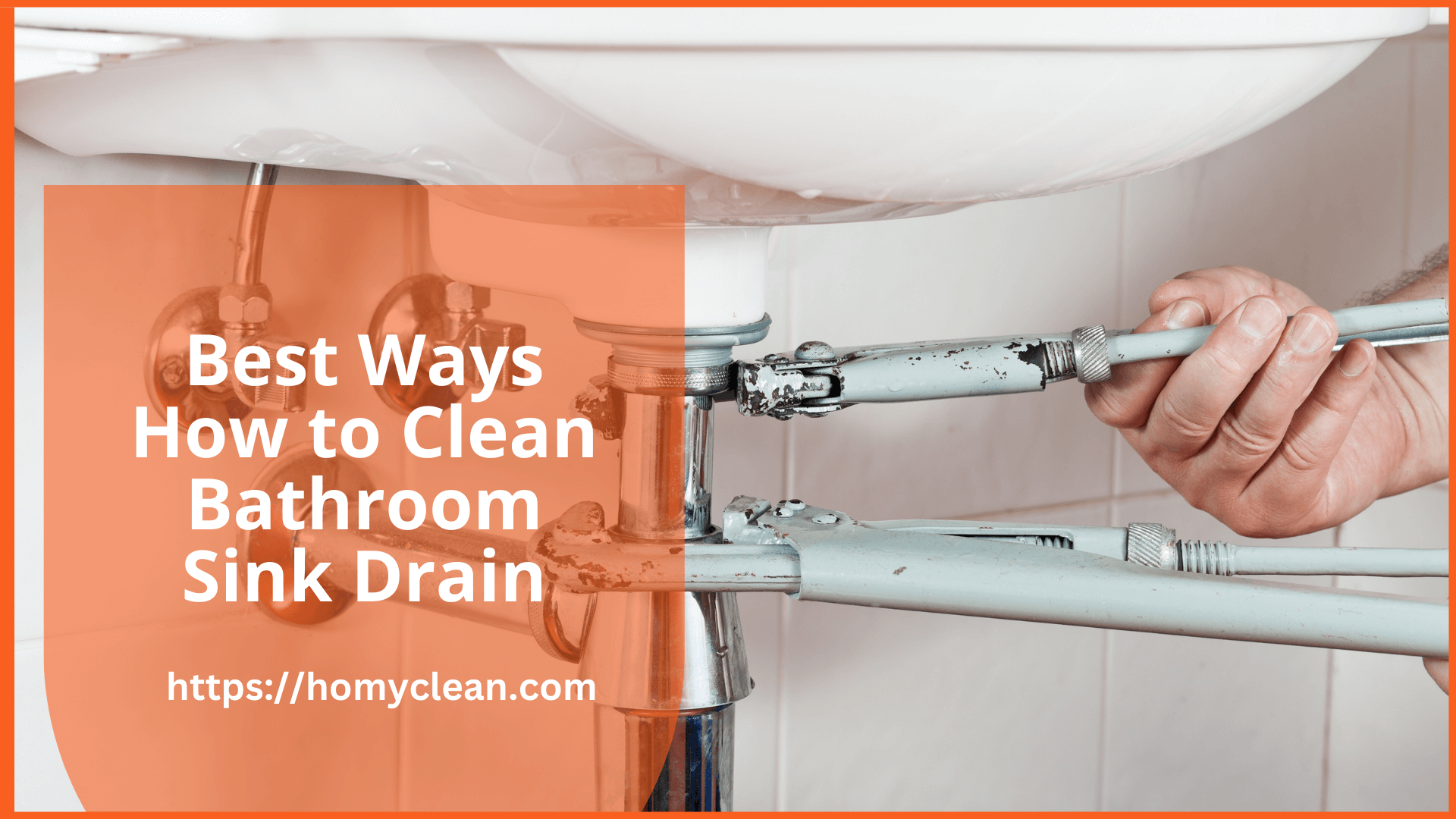
By following these simple tips, you can ensure that your bathroom sink drain remains clean and functioning properly. Remember to regularly use a drain cover, clean your drain, avoid pouring grease down the drain, and refrain from using chemical drain cleaners. With these practices in place, you can enjoy a clean and fresh-smelling bathroom for years to come.















